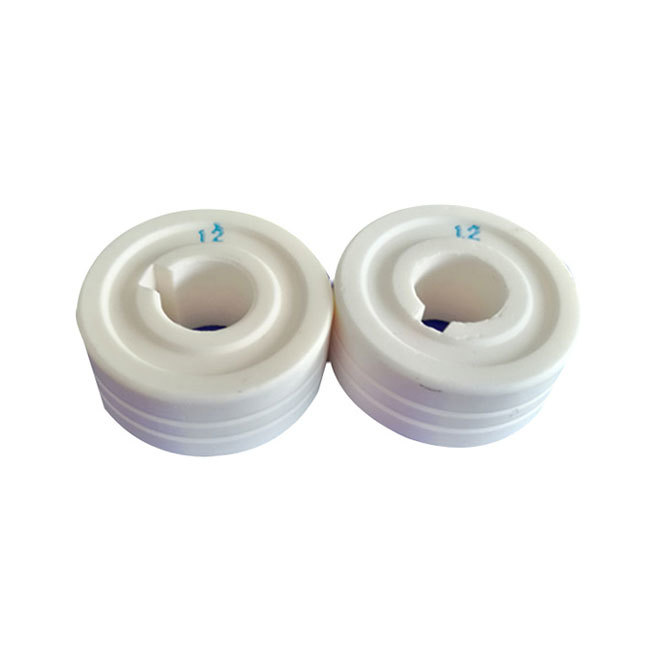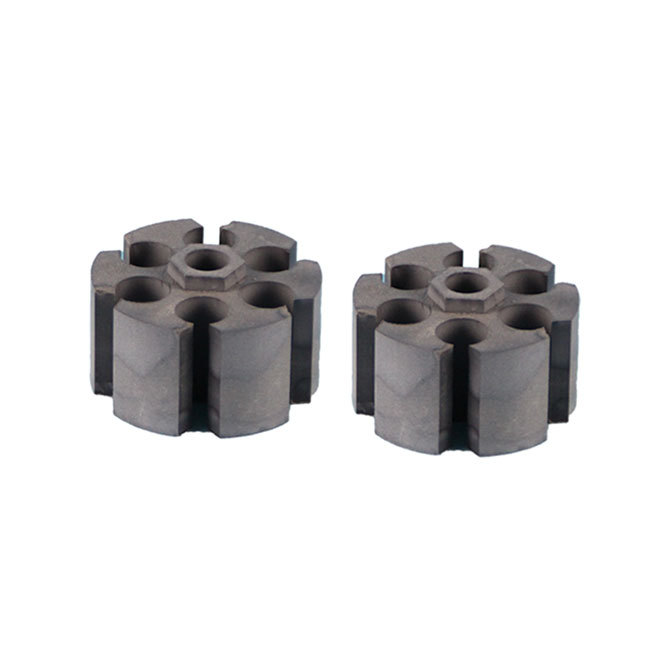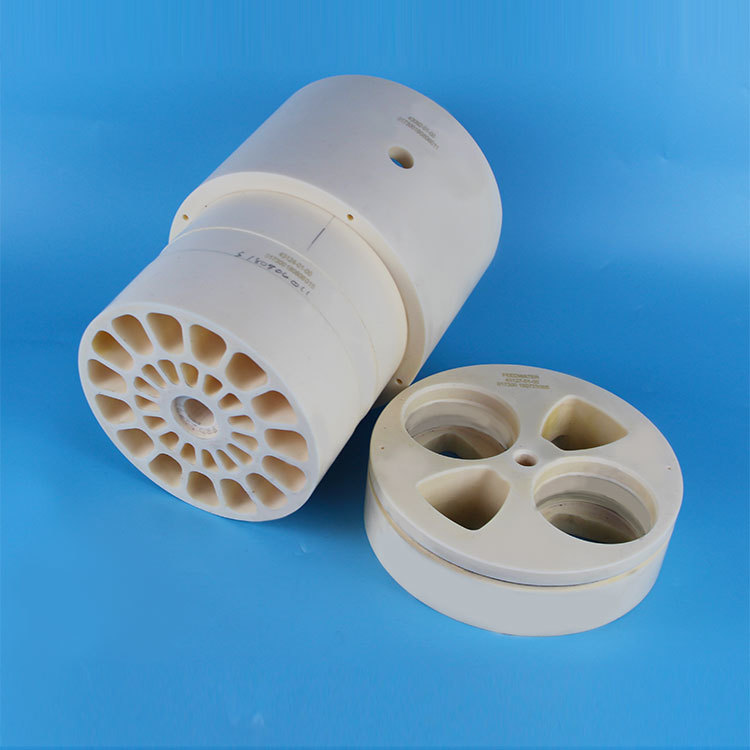





Alumina ceramic parts
keywords:
Aluminum oxide ceramics, silicon nitride ceramics, zirconia ceramics
Category:
Product Details
Alumina ceramics is a ceramic material mainly composed ofalumina (Al 2 O 3 which is used in thick film integrated circuits.Alumina ceramics have good conductivity, mechanical strength and high temperature resistance.
Alumina ceramics are currently divided into two types: high-purity type and ordinary type. High-purity alumina ceramics are ceramic materials with an Al 2 O 3 content of more than 99.9%. Because the sintering temperature is as high as 1650-1990°C and the transmission wavelength is 1-6 μm, it is generally made into molten glass to replace platinum crucible : use its transmission Light and alkali metal corrosion resistance can be used as sodium lamps; in the electronics industry can be used as integrated circuit substrates and high-frequency insulating materials.
Ordinary alumina ceramics are divided into 99 porcelain, 95 porcelain, 90 porcelain, 85 porcelain and other varieties according to the Al 2 O 3 content , and sometimes those with Al 2 O 3 content of 80% or 75% are also classified as ordinary alumina ceramic series . Among them, 99 alumina porcelain materials are used to make high-temperature crucibles, refractory furnace tubes and special wear-resistant materials, such as ceramic bearings, ceramic seals and water valve plates, etc.; 95 alumina porcelain is mainly used for corrosion-resistant and wear-resistant parts; 85 porcelain Because some talc is often mixed in, the electrical properties and mechanical strength are improved, and it can be sealed with metals such as molybdenum, niobium, and tantalum, and some are used as electric vacuum devices.
Advantages of alumina ceramics (1) High mechanical strength, the bending strength of alumina ceramic sintered products can reach 250MPa, hot-pressed products can reach 500MPa, and the strength can be maintained at high temperature up to 900°C (2) High resistivity, electrical insulation Good performance, room temperature resistivity 1015Ω·cm, dielectric strength 15kV/mm (3) High hardness, Mohs hardness is 9 (4) High melting point, corrosion resistance, melting point 2050°C, good resistance to Be, Sr, Ni, Corrosion of Al, V, Ta, Mn, Fe, Co and other molten metals. It also has high resistance to the corrosion of NaOH, glass and slag. Does not interact with Si, P, Sb, Bi in an inert atmosphere. (5) Excellent chemical stability, many compound sulfides, phosphides, arsenides, chlorides, nitrides, bromides, iodides, oxides and sulfuric acid, hydrochloric acid, nitric acid, hydrofluoric acid do not interact with alumina. (6) Optical properties, can be made into light-transmitting materials (transparent Al2O3 porcelain) (7) Ionic conductivity
Message








